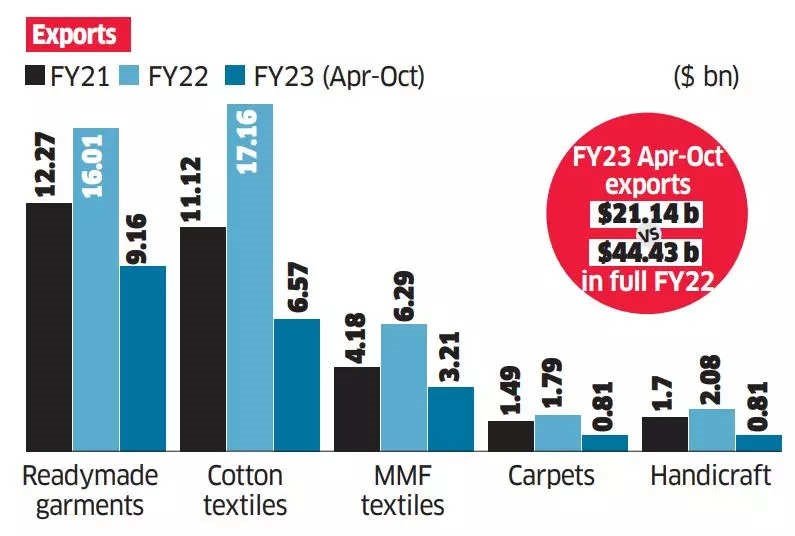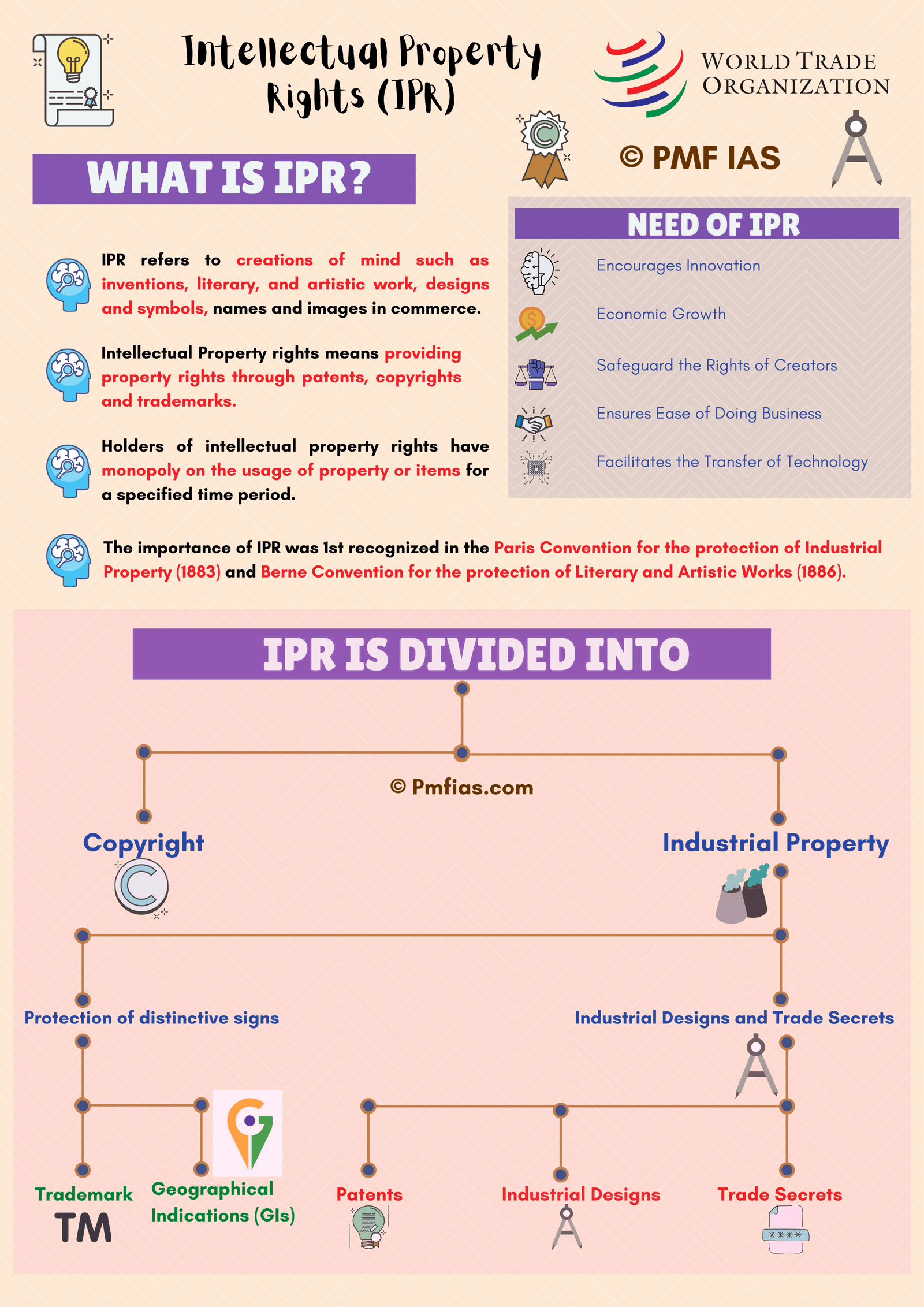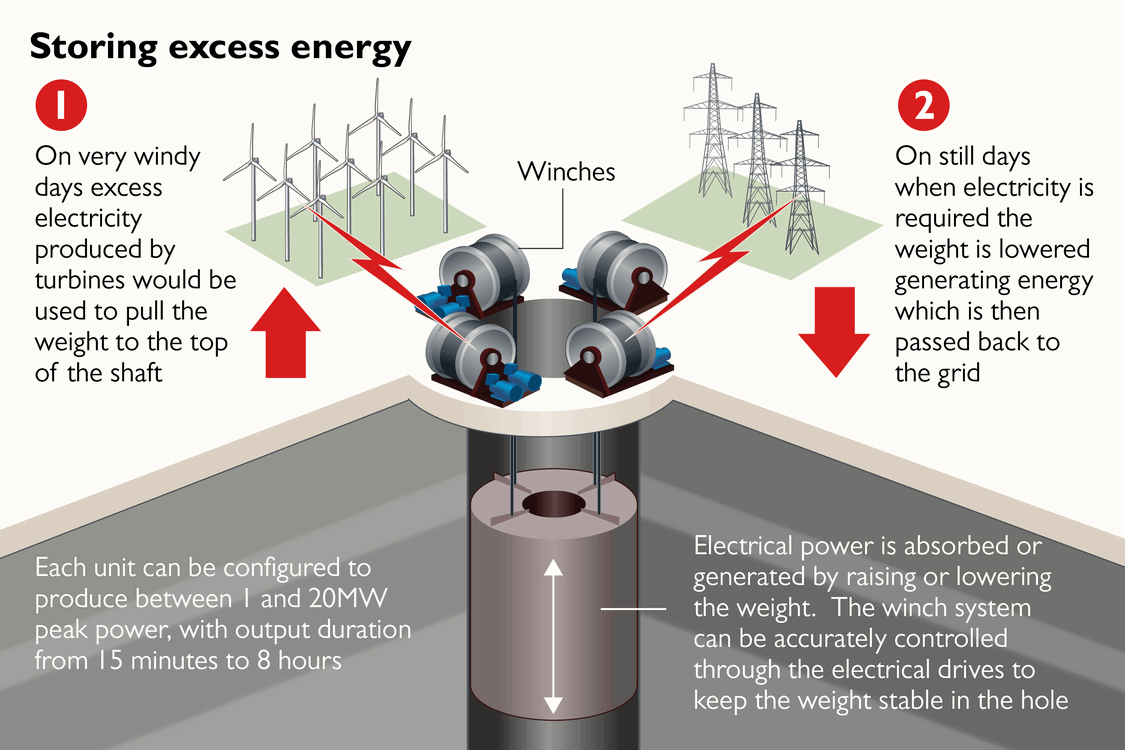
Underground Coal Gasification
Subscribers of "Current Affairs" course can Download Daily Current Affairs in PDF/DOC
Subscribe to Never Miss an Important Update! Assured Discounts on New Products!
Must Join PMF IAS Telegram Channel & PMF IAS History Telegram Channel
- Context (PIB): The Ministry of Coal has initiated India’s first Underground Coal Gasification (UCG) project at the Kasta Coal block in Jharkhand.
- This project led by Eastern Coalfields Limited, aims to convert coal into valuable gases like methane, and hydrogen for industrial use, promoting sustainable energy and enhancing coal resource utilisation.
Coal Gasification
- Coal gasification is a process that converts coal into syngas (synthetic gas), which is primarily composed of carbon monoxide (CO), hydrogen (H₂), carbon dioxide (CO₂), methane (CH₄), and water vapor (H₂O).
- This is achieved by reacting coal at high temperatures (typically above 700°C) with a controlled amount of oxygen and/or steam.
- The resulting syngas can be used for various applications, including power generation, the production of chemical feedstocks, and as a fuel for synthetic natural gas (SNG) production.
In-Situ Gasification of Coal (Underground Coal Gasification)
|
Advantages of Underground Coal Gasification
- Utilisation of Un-mineable Coal: Accesses deep or thin coal seams that are not feasible to mine using conventional methods.
- Reduced Surface disturbance: Lesser environmental & social impacts compared to traditional method.
- Efficiency: Potentially higher efficiency and lower costs due to the elimination of coal mining, transportation, and surface gasification processes.
- Lower Emissions: The controlled environment allows for better management of emissions & pollutants.
Disadvantages of Underground Coal Gasification
- Technical Complexity: Requires advanced technology for drilling, ignition, and maintaining controlled gasification conditions.
- Environmental risks: Potential risks include groundwater contamination, subsidence, and uncontrolled gas migration.
- Regulatory and Public acceptance: Addressing regulatory concerns and gaining public acceptance is crucial, especially regarding environmental and safety issues.
- Monitoring and Control: Requires continuous monitoring and control to ensure efficient operation and to mitigate potential environmental impacts.
Applications
- Power Generation: Such as in gas turbines or combined cycle plants for electricity generation.
- Chemical Feedstocks: Production of chemicals such as methanol, ammonia, and synthetic natural gas.
- Hydrogen Production: UCG can be an alternative source of hydrogen for industrial uses and fuel cells.







![PMF IAS Environment for UPSC 2022-23 [paperback] PMF IAS [Nov 30, 2021]…](http://pmfias.b-cdn.net/wp-content/uploads/2024/04/pmfiasenvironmentforupsc2022-23paperbackpmfiasnov302021.jpg)











